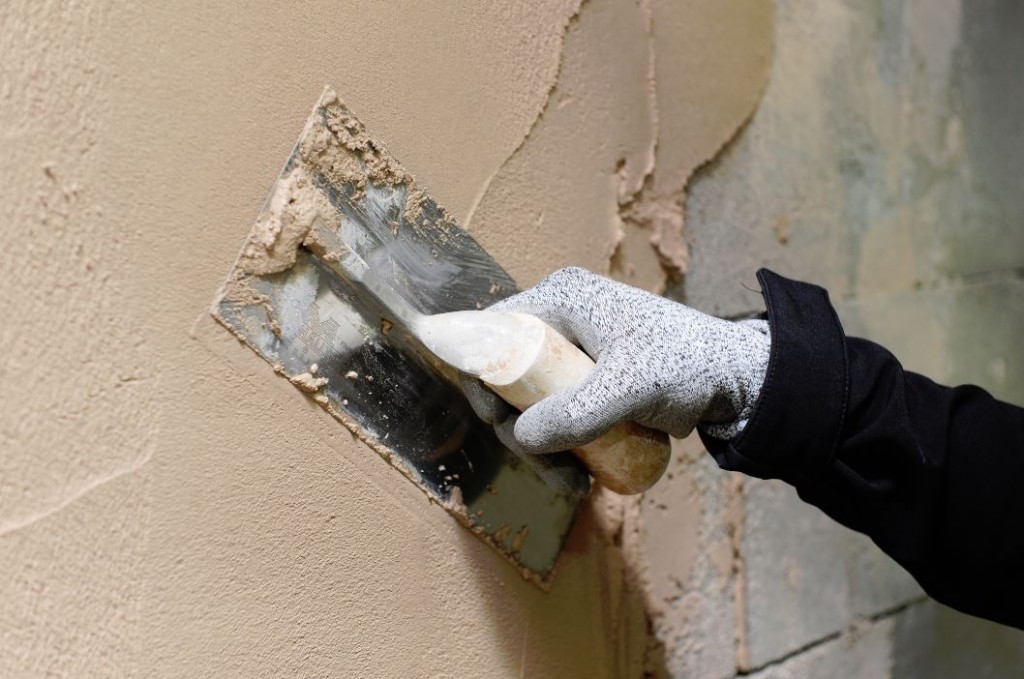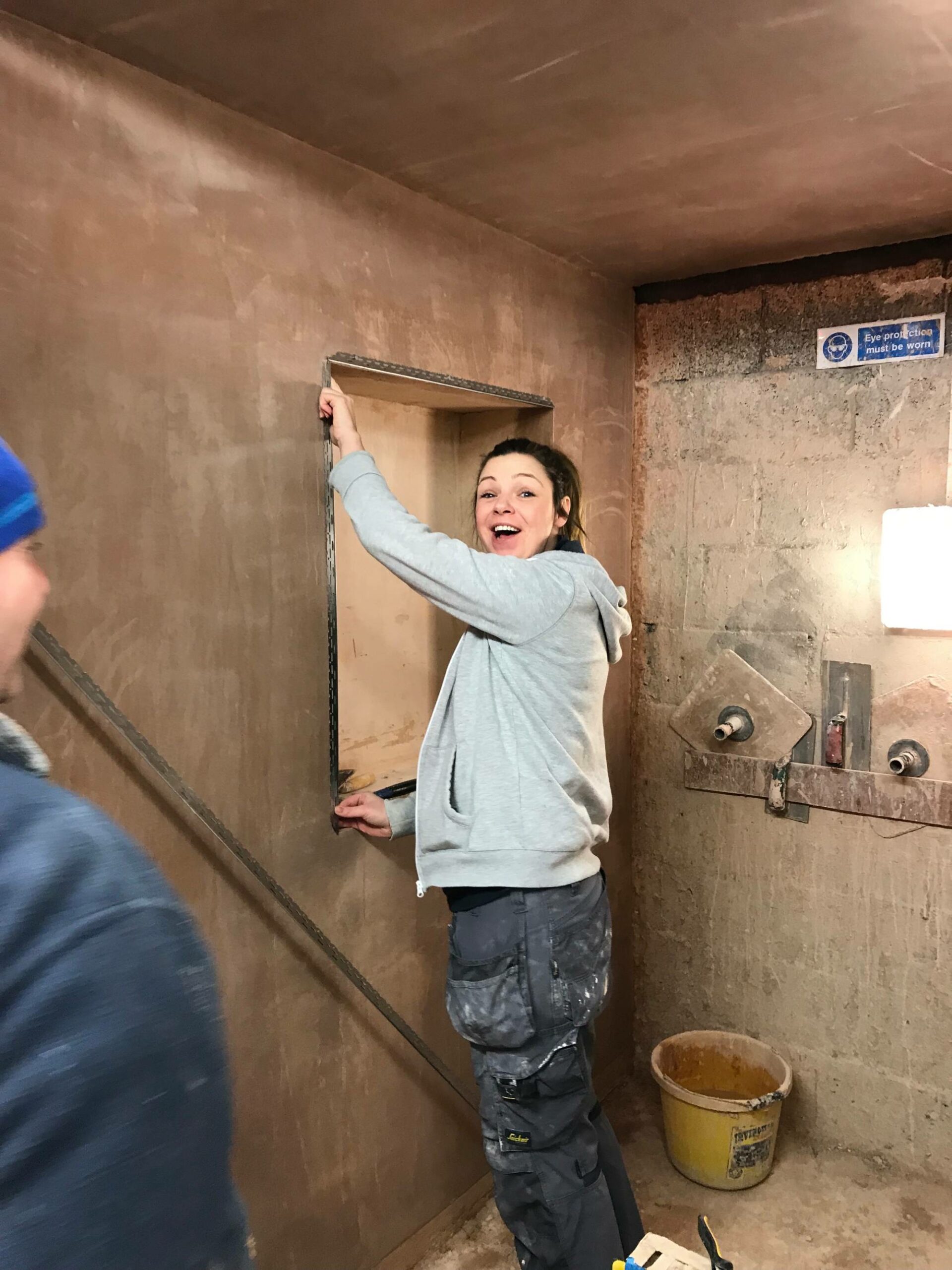Plastering Service Providers: Specialist Surfaces for Your Home or Office
Plastering Service Providers: Specialist Surfaces for Your Home or Office
Blog Article
A Comprehensive Guide to Learning Plastering Skills for Your Improvement Needs

Essential Tools and Products
Different necessary devices serve distinctive functions, making sure performance and precision throughout the plastering procedure. A high-grade trowel, for instance, is crucial for smoothing and applying plaster, while a hawk provides a stable system for holding the product.
Along with devices, choosing the best plastering products is vital. Gypsum-based plasters are commonly favored for their versatility and ease of use, while cement-based alternatives are suitable for outside applications because of their toughness. Water and bonding agents play considerable functions in accomplishing correct consistency and adhesion, guaranteeing that the plaster sticks effectively to the surface.
In addition, safety equipment such as goggles, handwear covers, and masks is crucial to guard versus dirt and irritation during the application procedure. By putting together the best mix of materials and devices, plasterers can boost their ability and generate high-grade coatings, inevitably boosting the total workmanship of their job.
Preparing Surface Areas for Gluing
Accomplishing a durable and smooth plaster coating starts with careful preparation of the surface areas to be glued. This foundational step is vital to ensuring adhesion and the long life of the plaster. Beginning by examining the problem of the substratum-- whether it is drywall, concrete, or stonework-- eliminating any loose paint, dust, or debris that might disrupt bonding.
Following, fix any type of imperfections such as holes or fractures. Make use of an appropriate filler to achieve a degree surface; this can be important for stopping future concerns. Once fixed, ensure the surface is completely dry and clean, as moisture can endanger plaster adherence.
For permeable surface areas, it is advisable to use a bonding agent. This item improves adhesion and produces a trusted user interface between the plaster and substrate. If dealing with formerly plastered surface areas, it may be needed to scuff or sand the area lightly to offer a key for the brand-new plaster layer.
Gluing Techniques and Tips
Understanding smudging methods needs both ability and practice to attain a flawless surface. One crucial strategy is the application of the plaster in several slim layers, rather than a single thick coat.
When using the surface layer, utilize a shoveling strategy that involves holding the trowel at a mild angle and operating in a round motion. This assists to create a smooth surface and minimizes the appearance of trowel marks. Furthermore, keep a spray container of water helpful to mist the surface lightly; this keeps the plaster convenient and permits smoother completing.
Timing is important; work effectively, as the plaster begins to establish. Once the plaster has tightened but is still description wet, make use of a moist sponge to delicately smooth the surface better. Last but not least, permit ample drying out time before sanding or paint, ensuring your hard work leads to a professional, high-grade surface.
Common Errors to Prevent

Another typical error is applying plaster as well thickly. Overzealous applications can bring about fracturing and prolonged drying times. It's necessary to apply plaster in slim, even layers, allowing each layer to dry sufficiently prior to adding extra.
In addition, not utilizing the right devices can prevent the top quality of the surface. Using unacceptable trowels or mixers can develop incongruities in the smudging process. Always choose premium tools developed for smudging tasks.
Finally, many individuals take too lightly the importance of timing. Operating in unsuitable temperature levels or moisture levels can negatively impact plaster drying out and curing. It is recommended to check climate condition and adapt your routine as necessary.
Finishing Touches for a Specialist Appearance
The lasts of a plastering project are crucial for achieving a refined, expert look. As soon as the plaster has actually dried out adequately, the following action is to analyze the surface for flaws. Minor bumps, openings, or unequal locations should be resolved utilizing fine sandpaper or a fining sand block. This meticulous attention to information is necessary for guaranteeing a smooth finish.
After sanding, it's recommended to cleanse the surface to get rid of any dust and particles. A moist towel works for this function, followed by a thorough drying period. If necessary, using a thin layer of ending up plaster can improve the surface further, supplying a smooth surface.
When get redirected here the ending up plaster is dry, one more round of sanding might be called for to attain the preferred smoothness. Lastly, think about applying a guide prior to painting or wallpapering, which will certainly improve attachment and longevity.
Conclusion
Mastering plastering skills significantly enhances the top quality of remodelling projects. An extensive understanding of essential devices, surface prep work, and effective methods is important for achieving specialist outcomes. Awareness of typical errors permits the avoidance of costly errors, while interest to finishing touches guarantees a refined look. Ultimately, the assimilation of these elements adds to the development of smooth, resilient surface areas that elevate the aesthetic value of any kind of space, emphasizing the relevance of skilled plastering in home improvement ventures.
Water and bonding agents play significant roles in accomplishing correct consistency and bond, guaranteeing that the plaster sticks efficiently to the surface. Plastering.


Additionally, maintain a spray bottle of water convenient to mist the surface area gently; this maintains the plaster convenient and allows for smoother finishing. (Plastering)
If essential, using a slim layer of finishing plaster can boost the surface area additionally, providing a seamless surface.
Report this page